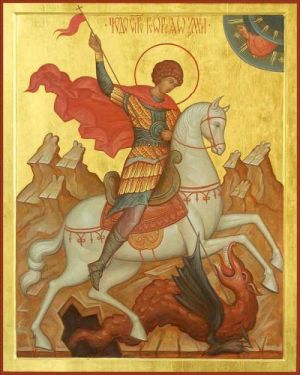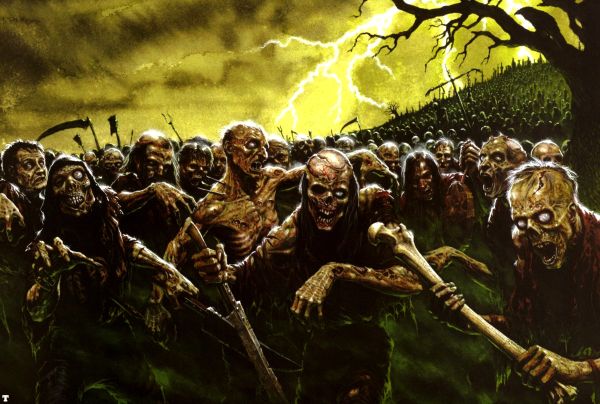Confounding Light

Today is the first day of Epiphanytide, assuming one is using the Gregorian calendar. For the octave of Epiphany, my Magus character class written for Swords & Wizardry is available as a pay-what-you-want product. This means you can snag it for any price between free and, say, $250. Almost a year ago to the day, I wrote up gold, frankincense, and myrrh as magic items for D&D 5E. That post is here.
One of the better changes introduced into D&D quite some time ago is the idea of domains or spheres of influence through which clerics end up getting themed abilities based on deity, ethos, et cetera. These sorts of clerical special abilities appear early on the game.
For example, in 1988’s Greyhawk Adventures by James M. Ward, we find out that Boccob’s clerics “gain limited sage ability” at 8th level. The ever-popular St. Cuthbert has three orders of clerics: “the Chapeaux, the Stars, and the Billets.” Each order has a different special ability. The Billets, for example, “can cast one friends spell per day.” By the time AD&D 2E was all the rage, specialty priests were an established thing, at least in the Forgotten Realms. No more were the clerics of different deities the same.
(N. B.: That previous link is an affliate link. If you click and make a purchase, I get a wee bit of money.)
And the light shineth in darkness, and the darkness did not comprehend it. (The Gospel According to St. John 1:5)
In D&D 5E, a cleric chooses a divine domain related to his deity. This choice grants access to special domain spells, maybe some sort of bonus proficiency or cantrip, and various special abilities that kick in as the cleric advances in level. Since one of Epiphanytide’s motifs relates to light, I thought an alternate 1st-level Light Domain ability might be fun. This ability would replace Warding Flare.
Confounding Light
Also at 1st level, when in an area of dim light or darkness, you can emit a divine light. You shed bright light in a 20-foot radius and dim light for an additional 20 feet. This light can be colored as you like. Aberrations, evil-aligned elementals, evil-aligned fey, fiends, and undead creatures treat the radius of bright light as magical darkness. Your Confounding Light lasts as long as you concentrate, up to 10 minutes. You can use this feature a number of times equal to your Wisdom modifier (a minimum of once). You regain all expended uses when you finish a long rest.

